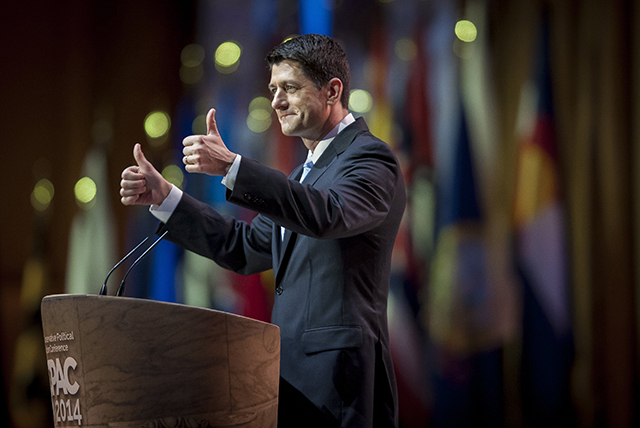Jordan Weissmann of Slate writes that using modern economic methods in budgetary analysis is a “trick…gimmick…fantasy…miraculous…flight of fancy…picking a number out of a hat.” Weissmann’s immediate target is Rep. Paul Ryan’s (R–Wis.) new budget. But his haphazard insults implicitly spread to the Congressional Budget Office (CBO) and the general use of economics in budget analysis. Weissmann apparently thinks lawmakers should not trust CBO’s estimates of budget effects.
There are two ways to perform budget analysis. One is to assume that government policies have no impact on the economy at all. The other is to do one’s best to estimate the direction and size of the impact of policies, taking into account that the economy and the policy effects are very uncertain. Weissmann prefers the stopped clock method, hoping it’s right twice a day.
Dynamic scoring is one application of economic estimation to policy, and relies on using the best available estimates and recognizing that every estimate is uncertain. No model can capture the full complexity of the real world, and each type of model has its shortcomings. Usually economists debate the size of the impact that government debt or policies have on the economy. It’s strange for someone to claim that the best available evidence should not be used in making policy.
What’s odd is that even Weissmann acknowledges that dynamic scoring is neither new nor ridiculous, for those who chose to read all the way down to his “to-be-sure” paragraph. The numbers he is mocking were used by the CBO before Ryan deployed them in his budget. In fact, of the Ryan budget, CBO wrote:
[Gross National Product] would be higher in the long term… because lower government deficits would lead to both an increase in private investment and a decrease in net inflows of capital… Real average family income, before accounting for federal transfer payments and taxes, would also be higher than under the extended baseline.
The CBO central estimate was modest, since it did not take into account changing incentives. In particular, CBO assumed, “that marginal tax rates (the percentage of an additional dollar of income that is paid in taxes) would be the same,” despite the fact that the Ryan budget includes extensive tax reforms aimed specifically at lowering marginal tax rates.
Contrary to Weissmann’s claim, budget analysis should use more, not less, economics.



























